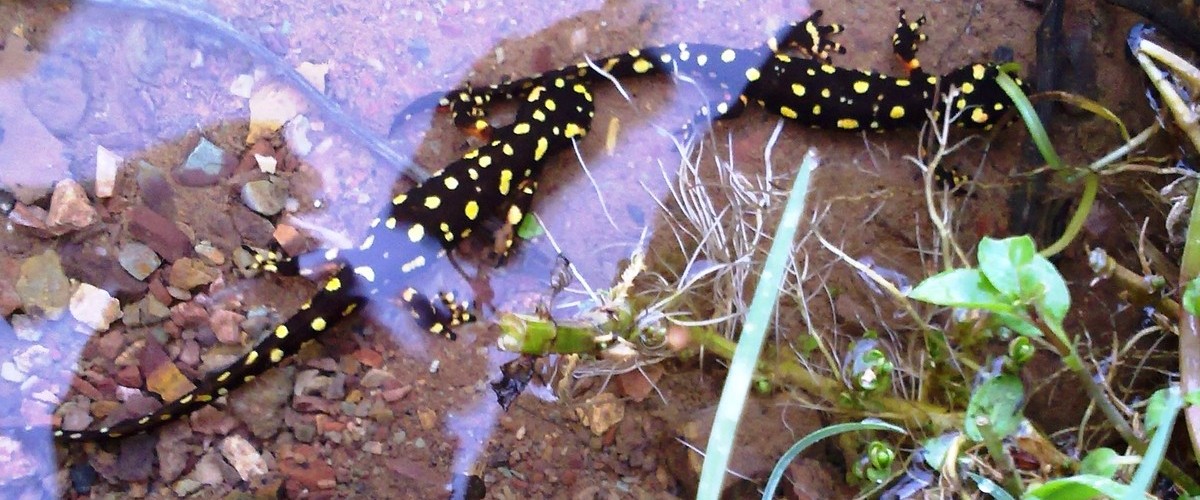Amphibians are a diverse group of cold-blooded vertebrates that typically begin their life cycle as aquatic larvae, breathing with gills, before undergoing metamorphosis to develop lungs for adult life on land. They belong to the class Amphibia, which includes frogs, toads, salamanders, and caecilians. Characterized by their permeable skin, which facilitates respiration and hydration, amphibians play a crucial role in the ecosystem as both predators and prey.
Amphibians are ecologically significant as bioindicators, meaning their presence, absence, or overall health reflects the condition of the environment. They contribute to pest control, nutrient cycling, and serve as food for a variety of animals, including birds, mammals, and reptiles. Unfortunately, many amphibian species are threatened or endangered due to habitat loss, pollution, and climate change, highlighting the urgent need for conservation efforts.
Examples of amphibians
| Common Name | Scientific Name | Description |
|---|---|---|
| American Bullfrog | Rana catesbeiana | A large frog native to North America, known for its deep croaking sound. |
| Poison Dart Frog | Dendrobatidae | Brightly colored frogs known for the potent toxins they secrete through their skin. |
| Common Frog | Rana temporaria | A widespread species in Europe, typically found in grassy areas near water bodies. |
| Red-eyed Tree Frog | Agalychnis callidryas | Recognized by its vibrant green body and striking red eyes, native to Central America. |
| Axolotl | Ambystoma mexicanum | A neotenic salamander that retains its larval features throughout its life and is native to Mexico. |
| Eastern Grey Kangaroo | Agile Frog | An agile frog found in eastern Australia, known for its hopping abilities and adaptability. |
| Salamander | Caudata | A group of assorted species characterized by their elongated bodies and tails, found mainly in moist environments. |
| Great Plains Toad | AnAXIas boreas | A resilient toad native to North America, recognizable by its large size and warty skin. |
| Mountain Chicken | Leptodactylus fallax | A critically endangered frog native to Montserrat and Dominica, known for its large size and culinary value. |
| Surinam Toad | Pipa pipa | A unique species of toad that carries its young in a protective pocket in its back. |
